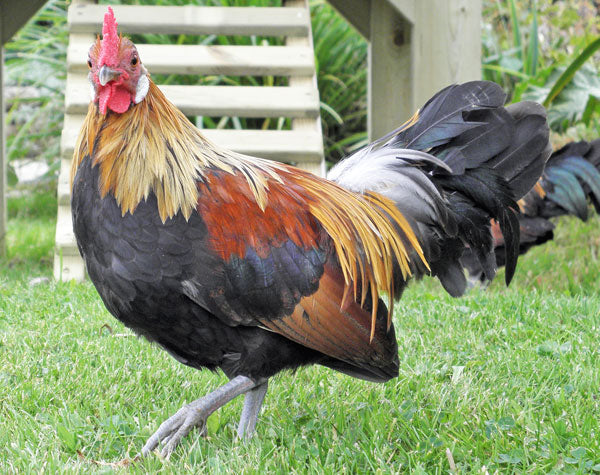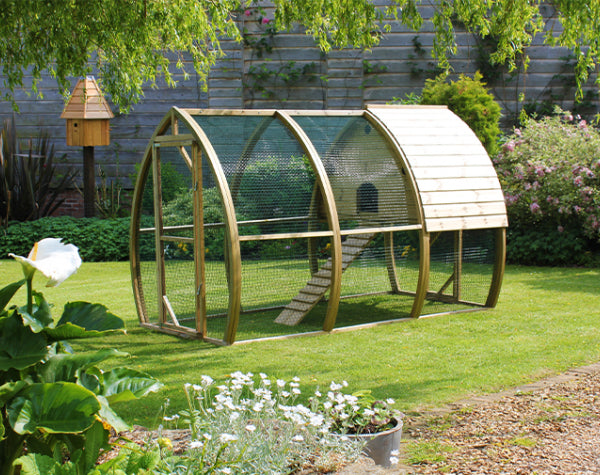What you need for lighting a Log Fire
Good quality, dry logs are essential for the successful lighting of any kind of log fire, whether it be an open fire, chiminea, fire pit, garden fire basket, wood-fired oven or log burners.
 Here we have put together a basic guide to follow about how to light the best log fire. By following these simple ideas, you will be able to ignite any fire without the use of firelighters.
Here we have put together a basic guide to follow about how to light the best log fire. By following these simple ideas, you will be able to ignite any fire without the use of firelighters.
Logs for firewood should be well seasoned (dry), split to a manageable size and ready to burn.
Firewood logs should be approximately 30 - 40cm (12 -16 ins) in length and about 5 - 10cm (2 - 4 ins) in diameter but this depends on how you plan to burn your logs.
If the logs are too large, for example over 4 inches, they will choke the fire in a small outdoor oven. In a large open fire or a fire pit though, it is not too critical - assuming there is a good fire already built.

If you have well-seasoned firewood it is considered to have less than 20% moisture content. It may be useful, especially if you burn a lot of logs, to buy a Wood Moisture Meter to help you find the moisture content of your firewood.
By using well-seasoned firewood, your fire will light far easier, burn with more heat output and the firewood logs will produce hardly any smoke.
Well-seasoned hardwood logs are best to cook outdoors with a fire pit, barbeque, outdoor oven or chiminea because they do not spit as much as softwoods.
For guidance on which trees make the best logs and why, read our Wood Burning Guide.
How to light a log fire
- To successfully light a log fire you should start with a clean area, whether this is a grate in a wood burner or the floor of an outdoor oven, with as little ash as possible*. You need to make sure that air can circulate freely as fires need oxygen.
- Place several pieces of screwed up or rolled and knotted paper, newspaper is perfect for this, on the floor or grate between two good-sized pieces of kindling to keep the paper in place (make sure it is dry!)
- Then place another row of kindling at 90 degrees to the first row. Add 2 or 3 more rows of kindling in the same criss-crossing way. Place two small split logs on top of the kindling pile. Light the paper in several places with a match.
- When the kindling is well lit, add more firewood logs (not too big), gently, on top of the fire. Remember to maintain the criss-cross pattern so that the air can circulate through the wood - this is very important.
- Let this fire burn for approximately 10 minutes, adding several more logs to keep a large rolling flame going. By then the paper and kindling will have burnt and you should have some lovely glowing logs to keep your fire going.
If you want to cook with a log fire, you should allow the logs to glow red-hot with no flames to ensure your pan or griddle gets hot enough to cook the food.

If using logs for heat in a wood burner, the doors should be closed with the ventilation grille at the bottom slightly open at the beginning. Wood burners produce more heat than an open fire and are far easier to control with the ventilation and baffles.
Once you are happy that you have a well-established fire you can close this grille so that the fire just ‘ticks over’.
*Although a log fire using dry logs will not produce much ash by the time it has burnt out, what to do with any ash remaining in the base, when you come to ‘lay the fire’ again, needs considering.
An efficient log fire or wood burner should not need the ash removing daily e.g. we do it once a week at the most. If you have a large garden, then disposing of the ash may not be a problem. It can go on your compost or directly on to vegetable and flower beds.
However, if it must be disposed of within your household waste then consider how to do this without creating too much dust. When removing ash you should check all embers are dead before placing near combustible materials.
NOTE: Always take safety precautions around log fires when children and pets are present. There should be adult supervision at all times and please ensure safety guards and spark guards are in place to prevent injury and accidents.
Firewood Tips:
- Oak is an excellent all-round firewood log when well-seasoned.
- The fruit woods such as Apple, Plum or Cherry are nice to burn and produce lovely aromas
- Beech, Ash, Maple, and Cedar gives off good heat
- Avoid softwoods such as Pine, Fir, and Spruce because they spit in an open fire
- Well-seasoned wood with a moisture content of 20% or less will burn well and reduce the amount of smoke.
Items to consider for storing and managing your firewood:
- A properly ventilated Log Store with a roof
- A good quality axe, hatchet, or log splitter
- A Wood Moisture Meter
- A Log Carrier or Basket with a handle
- A Wicker or Metal Indoor Log Basket
- A Fireguard to prevent sparks and to prevent access for children and pets
Further reading:
Buying and Seasoning Logs for Firewood
Which Trees make the best Firewood
©Flyte so Fancy Ltd 2022.



